Table of Contents
Aerospace welding is a specialized field within the aerospace industry that involves joining various components and materials used in the construction of aircraft and spacecraft. Aerospace welders play a critical role in ensuring the structural integrity and safety of these vehicles. In this article, we will explore the path to becoming an aerospace welder and the key aspects of this fascinating career.
How to get into aerospace welding
To get into aerospace welding, follow these steps:
1. The Importance of Aerospace Welding
Aerospace welding is very important because the strength of an airplane or spaceship depends on how well the joints are made. The safety of the passengers and crew is at risk, so accuracy and experience in aerospace welding are very important.
2. Qualifications and Education for Aerospace Welding
You will need at least a high school education to start working as an aerospace welder. To get a better job, though, you usually need an associate’s or bachelor’s degree in welding engineering or a related area.
3. Types of Aerospace Welding Techniques
Aerospace welding employs various techniques, including:
- Gas Tungsten Arc Welding (GTAW), also known as TIG welding.
- Electron Beam Welding (EBW) uses a concentrated stream of fast-moving electrons.
- Laser Beam Welding (LBW), using a high-energy laser beam for precision welding.
- Friction Stir Welding (FSW), where materials are joined through frictional heat.
4. Materials Used in Aerospace Welding
Aerospace welders work with an array of materials, including aluminum, titanium, and high-strength steel. They must have a deep understanding of each material’s properties and how to weld them effectively.
5. Safety Precautions for Aerospace Welders
Safety is paramount in aerospace welding. Welders must wear protective gear, including helmets with special lenses, flame-resistant clothing, and gloves. Proper ventilation and fume extraction are crucial in preventing exposure to harmful welding fumes.
6. The Welding Process
The aerospace welding process involves four key stages:
- Pre-weld Inspection, where the condition of materials is assessed.
- Weld Preparation, involving cleaning and fitting components.
- Welding, where the actual welding takes place.
- Post-weld Inspection, ensuring the weld meets required standards.
7. Aerospace Welding Certifications
Aerospace welders often seek certifications from organizations such as the American Welding Society (AWS) to validate their skills. These certifications demonstrate expertise and can lead to better job prospects.
8. Job Opportunities in Aerospace Welding
Aerospace welders can find employment in aerospace companies, defense contractors, and government agencies. The demand for skilled aerospace welders is consistently high.
9. Aerospace Welding Tools and Equipment
Welders use specialized tools like welding machines, torches, and filler materials. Familiarity with this equipment is essential for success in aerospace welding.
10. Tips for Aspiring Aerospace Welders
- Practice and perfect your welding skills.
- Stay updated with industry trends and advancements.
- Seek apprenticeships and internships to gain hands-on experience.
11. Challenges in Aerospace Welding
Aerospace welding can be demanding due to the precision required and the high-stakes nature of the work. Welders must be prepared for challenging and complex projects.
12. Advancements in Aerospace Welding Technology
The aerospace industry continually evolves, and welding techniques are no exception. Advancements in technology, such as automation and robotics, are changing the landscape of aerospace welding.
How to Become an Aerospace Welder
Becoming an aerospace welder is an exciting journey that requires dedication and specific steps. Here’s how you can start your career in aerospace welding:
Education: Get your high school education or the equivalent first. It is helpful to have a good background in math, physics, and mechanics.
Welding Training: Enroll in a welding program or technical school to learn the basics of welding techniques. Consider specialized training programs that focus on aerospace welding.
Certification: Pursue industry-recognized certifications, such as the Certified Welder (CW) or Certified Welding Inspector (CWI), through the American Welding Society (AWS). These certifications will demonstrate your expertise to potential employers.
Gain Experience: Secure entry-level welding positions to gain practical experience. Look for internships or apprenticeships with aerospace companies or manufacturers.
Advanced Training: Consider advanced training in aerospace-specific welding techniques, such as TIG and electron beam welding.
Network: Attend industry events and join professional associations to expand your network and stay updated on aerospace welding trends.
Job Search: Look for aerospace welding job opportunities with aerospace manufacturers, maintenance and repair organizations (MROs), and government agencies.
What Type of Welding Does Aerospace Use?
Aerospace welding is a very skilled job that needs people who know a lot about different types of welding. These are the most popular types of welding used in aerospace:
- TIG (Tungsten Inert Gas) Welding: TIG welding is an exact method that uses a tungsten electrode that doesn’t wear out, inert gas, and filler material. It’s often used to join lightweight materials like titanium and aluminum, which are used a lot in aircraft parts.
- Gas Metal Arc Welding (GMAW): GMAW, which is also called MIG (Metal Inert Gas) welding, melts a wire electrode and the material to join them together. Because it can be used for high-speed welding, it is often chosen for aerospace uses.
- Laser Beam Welding: A high-energy laser beam is used in this cutting-edge technique to join metals together very precisely. It works great for aerospace jobs that need very few heat-affected zones.
- Electron Beam Welding: A directed beam of fast electrons is used in electron beam welding to make strong, accurate welds. It is often used in aircraft to join important parts together, like engine parts and structural elements.
How Much Do Aerospace Welders Make in the US?
Aerospace welders in the United States enjoy competitive salaries, thanks to their specialized skills and the industry’s high standards. The average annual salary for aerospace welders in the US ranges from $45,000 to $90,000, depending on experience, location, and the specific employer. Experienced aerospace welders with advanced certifications can command salaries at the higher end of this range.
How Much Does an Aerospace Welder Earn in Texas?
The earning potential of aerospace welders varies by state. In Texas, aerospace welders generally earn competitive wages. The average aerospace welder salary in Texas ranges from $40,000 to $80,000 annually. However, it’s essential to note that salaries can differ based on factors such as location within the state, the employer, and the level of experience.
Conclusion
A career in aerospace welding is exciting and rewarding, and it can lead to a lot of different jobs in the aerospace business. You can make it into this high-flying field by getting the right schooling, improving your skills, and getting the right certifications. As the need for aerospace welders grows, job security and the chance to help improve aerospace technology are two benefits that come with this job. Now is the time to follow your welding passion and start a journey that will not only help you reach your job goals but also shape the future of aerospace. Welding in space is an exciting field, so reach for the stars!
FAQs
How long does it take to become a certified aerospace welder?
The time it takes to become certified varies, but it often involves several years of education and on-the-job training.
What is the earning potential for aerospace welders?
Aerospace welders can earn competitive salaries, with the potential to increase their income with experience and certifications.
Are there opportunities for specialization in aerospace welding?
Yes, aerospace welders can specialize in areas such as rocket propulsion or aircraft structures.
What are the most common materials welded in aerospace?
Common materials include aluminum, titanium, and stainless steel.
How can I find aerospace welding job openings?
Job openings can be found on company websites, job boards, and through industry networking.
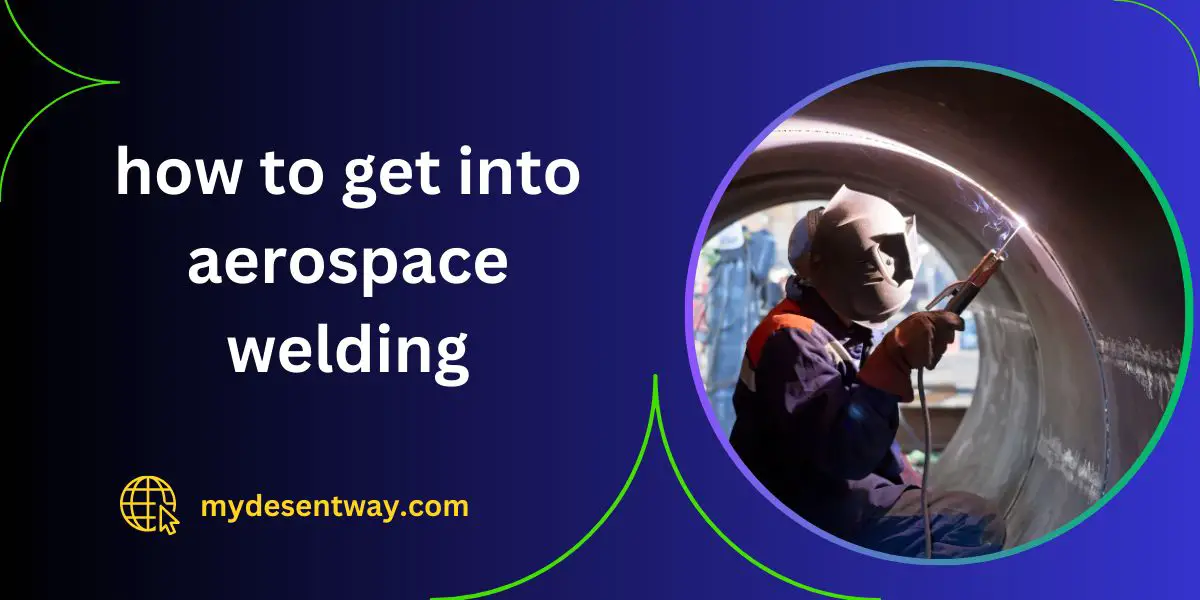
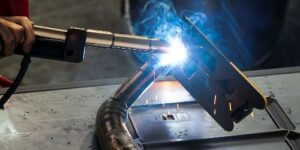
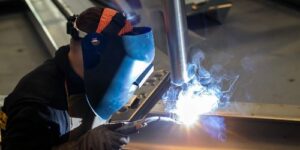

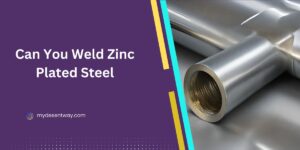

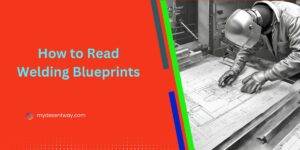




2 thoughts on “How to Get Into Aerospace Welding: Your Path to Success”